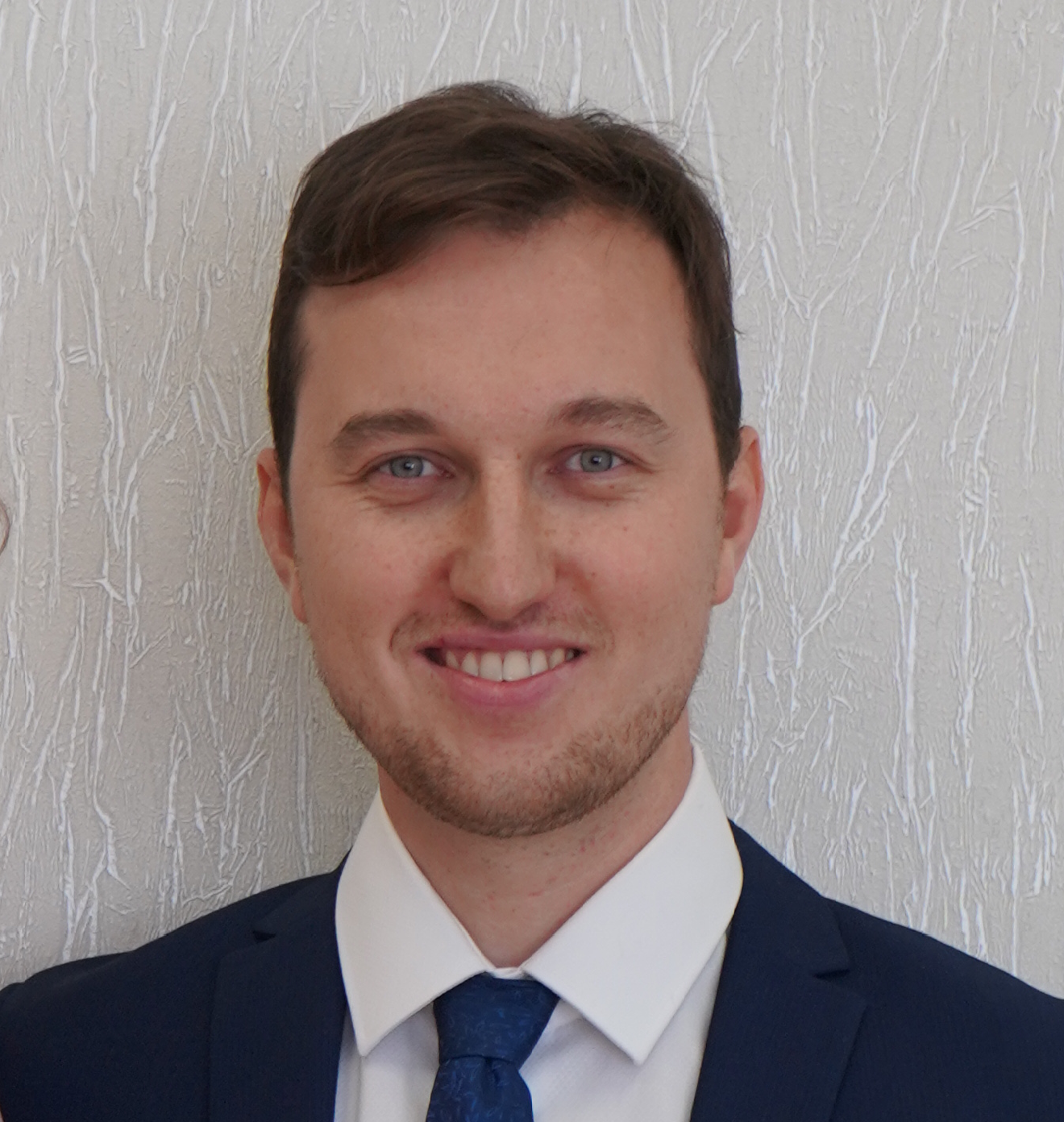
Keywords
Biography
Valentin Bobrin conducted undergraduate research at the Novosibirsk State University, where he received his Diploma in Chemistry in 2012. He then moved to the University of Queensland, where he received his Ph.D. degree in Polymer Chemistry under the mentorship of Professor Michael J. Monteiro. In April 2021, he joined Professor Cyrille Boyer’s group at the University of New South Wales as a Research Associate, where he explores...view more
Valentin Bobrin conducted undergraduate research at the Novosibirsk State University, where he received his Diploma in Chemistry in 2012. He then moved to the University of Queensland, where he received his Ph.D. degree in Polymer Chemistry under the mentorship of Professor Michael J. Monteiro. In April 2021, he joined Professor Cyrille Boyer’s group at the University of New South Wales as a Research Associate, where he explores polymerization methods and materials science for 3D printing applications.
Editorial activities:
Early Career Board of Biomacromolecules (ACS Publications) (https://pubs.acs.org/page/bomaf6/editors.html)
My Grants
UNSW GROW GRANT 2023: Multi-modal Force Sensing of Micro-sized Surgical Forceps for Safe Tissue manipulation (co-CI)
My Qualifications
PhD (Macromolecular and materials chemistry), The University of Queensland
Diploma in Chemistry, The Novosibirsk State University
My Research Activities
The overarching goal of my research is to develop new methodologies for the programmable assembly of functional polymeric materials across multiple length scales. This research aims to result in advanced materials with enhanced properties, suitable for a broad range of applications. Using the tools of organic synthesis, synthetic polymer chemistry, photochemistry, and materials science, I design and synthesise monomers, polymers, and crosslinkers with tailored functional groups that allow them to adopt unique pathways of self-assembly. Ultimately, by employing polymer library synthesis, conducting function-based screening, and implementing design optimisation, two main outcomes are achieved: a fundamental understanding of the structure-function relationships for materials in specific applications, and the development of innovative materials-based technologies that surpass existing alternatives. Here are a few examples of target material platforms and their corresponding applications: (1) novel asymmetric polymer nanostructures for in vivo drug delivery, (2) Multifunctional worm-like polymer coatings for the inactivation of a broad spectrum of viruses, including SARS-CoV-2, (3) 3D printed complex-shaped multi-materials with controlled ordering of soft and hard nanodomains, which display enhanced mechanical properties in comparison to non-ordered counterparts, (4) Customised nanostructured inorganic-organic hybrid materials, e.g., 3D printed nanostructured ceramics, for thermal applications.
Co-supervision and mentoring of students:
UNSW Sydney - current: 4 PhD students. completed: 3 MPhil, 1 visiting bachelor student.
My Engagement
PROFESSIONAL AFFILIATION
- the Australian Nanotechnology Network, 2020 - present
- American Chemical Society, 2019 – present
- Royal Australian Chemical Institute, 2015 – present
- Centre for Microscopy and Microanalysis, 2013 – present
Location
School of Chemical Engineering
The University of New South Wales
UNSW SYDNEY NSW 2052
Australia